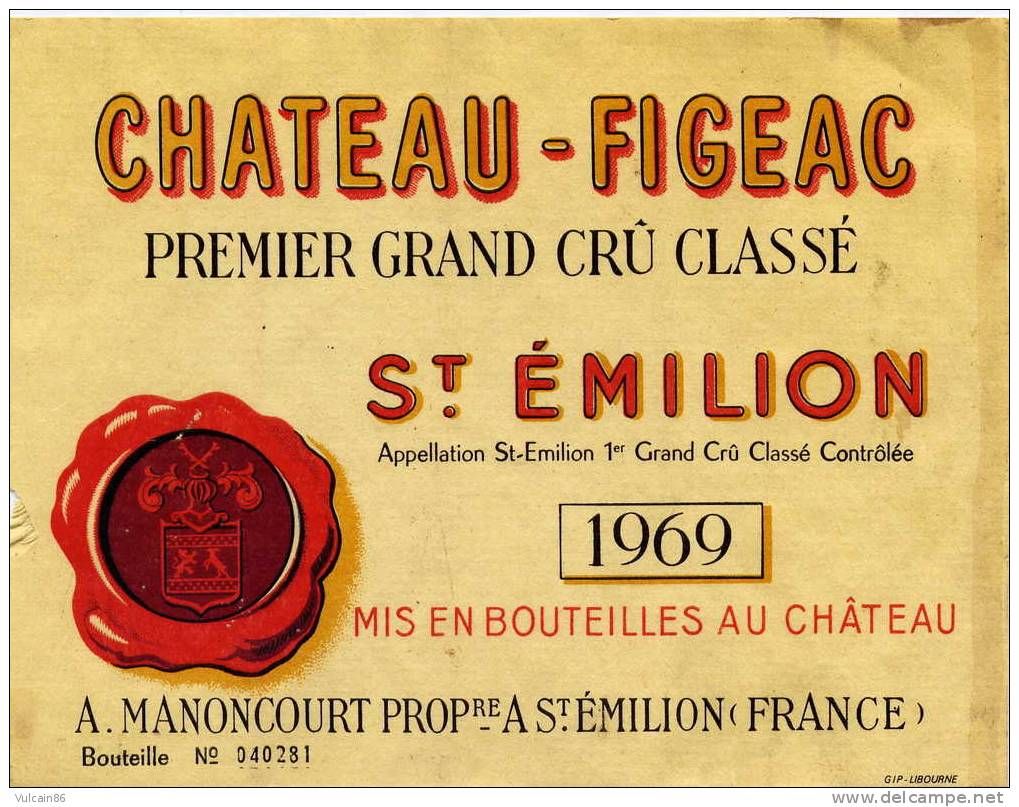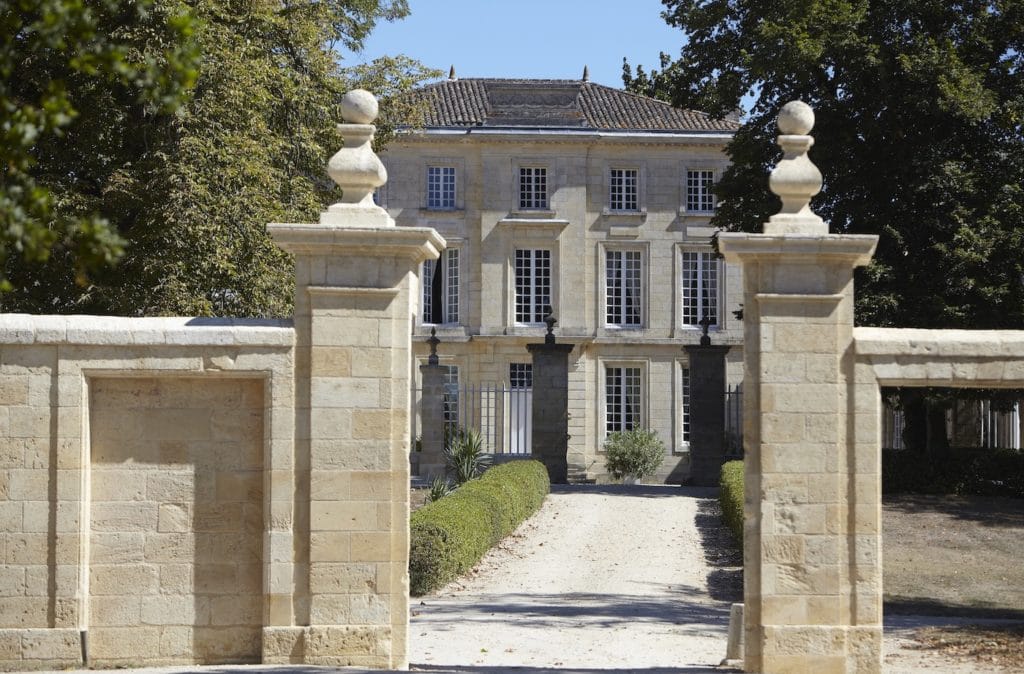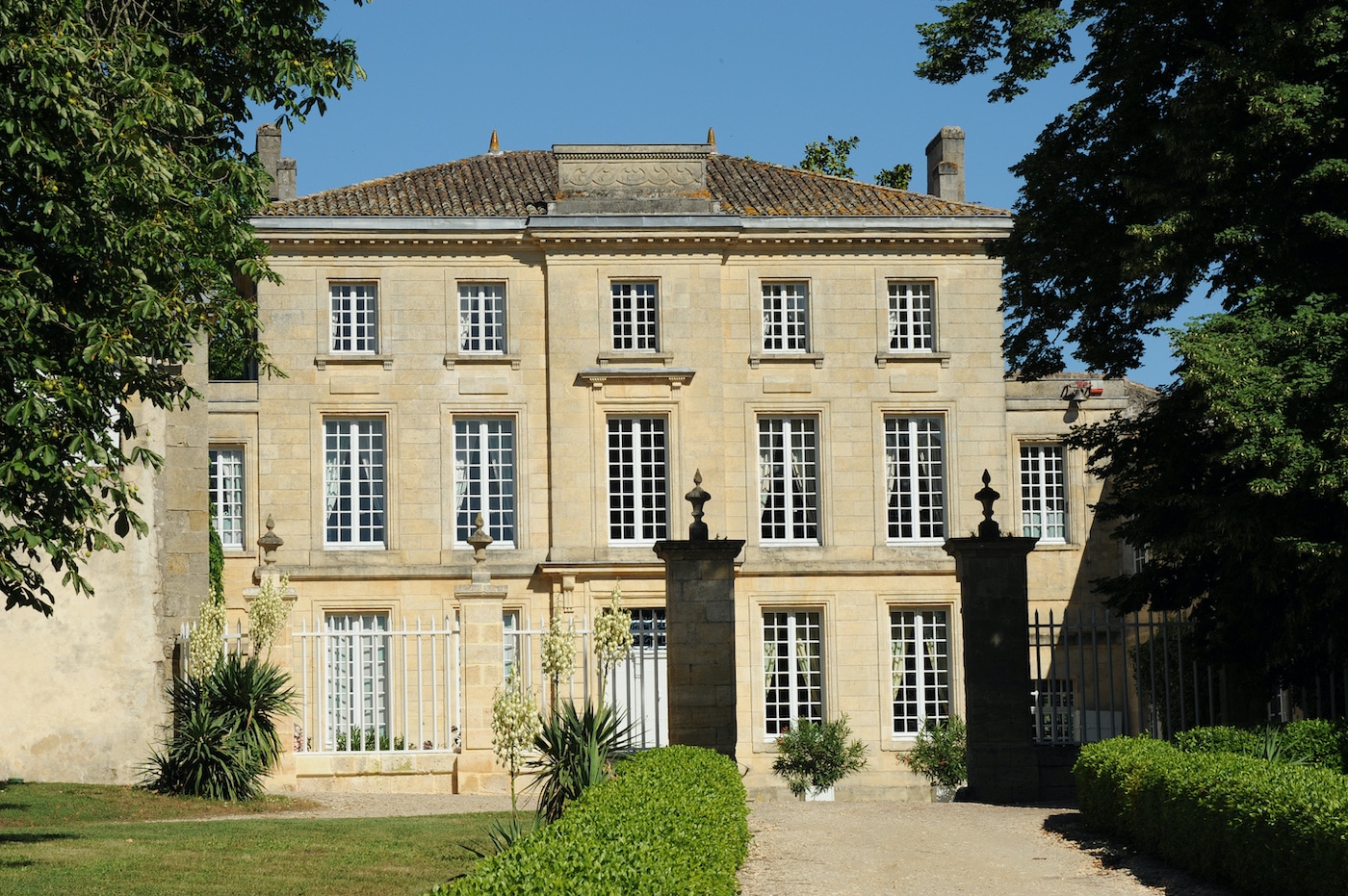The Manoncourt family, owner of Château Figeac (with and estate of 40 hectares) sued their neighbour Richard Moreaud to prevent him from using the trademarks “Château Cormeil Figeac” and “Château Magnan Figeac” registered for several decades.
On November 29, 2016, the Regional Court ruled that the two trademarks (Château Cormeil Figeac” and “Château Magnan Figeac”) but, surprisingly for the Manoncourt family it also ruled those of “Château de Figeac” and “Château Figeac”, owned by the Manoncourt family, were invalid.

3 years after, the Court of Appeal overturned this judgment and restored the right for everyone to use the name “Figeac” however, without any exclusivity which of course had been the Manoncourt family’s goals. The name Figeac therefore cannot be exclusive to 40 hectares owned by the Manoncourt family out of the 300 hectares that once constituted the subregion within St Emilion that is covered by the name Figeac.
The Court of Appeal based its judgment on history and in particular on the word “tenement” which during the medieval period designated an area on which the lords levied taxes.

The Manoncourt family based its exclusive right to use the name Figeac on cadastral plan. However, several 19th– century notarial writings include the estates of Cormeil and Magnan in the Figeac appellation.
The Manoncourt family was able to reuse the name Figeac because it succeeded in demonstrating that all the source juice used to produce the first Château Figeac wine, the second Petit Figeac wine and the third La Grange Neuve de Figeac wine come from grapes harvested on parcels of the estate and are vinified on the estate.
Like so many products on the market today, wine is increasingly valued by its brand. Building a brand, market credibility and confidence has great value for wine products and is likely to become an area of law that is more important to vineyard owners.
